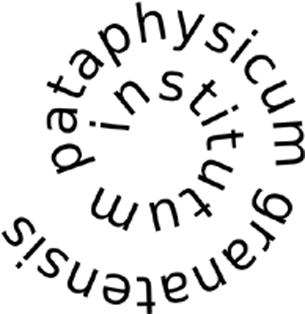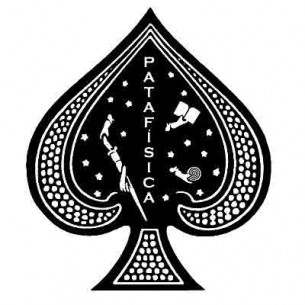Humanity has always looked up at the night sky with wonder, trying to make sense of what it sees. Since ancient times, many civilizations have harnessed their imagination to outline constellations and create star maps, blending scientific observation, mythological narratives, and genuine “imaginary solutions” in an attempt to understand the cosmos.

Origins and Functions of the First Star Maps
The ‘Nebra Sky Disc’ is 3,600 years old and is claimed to be the oldest surviving representation of the cosmos anywhere in the world.

Another oldest known star maps date back thousands of years. For instance, the Ancient Egyptians and Babylonians carved and painted constellations on monuments and tombs to honor their gods or guide the deceased into the afterlife. Beyond their mystical elements, the stars were also used for navigation, agricultural planning, and religious festivals, demonstrating how imagination complemented practical needs.

Greece and Rome: Myths and Catalogues
In Greece, astronomers such as Hipparchus and Ptolemy developed some of the earliest star catalogues, recording stellar data with remarkable precision. At the same time, constellations were interpreted through myths and heroic legends, creating a symbolic universe where science and fantastic tales converged. The Romans inherited and reworked many of these ideas, using star maps for trade, navigation, and exploration throughout their vast empire.
The Oriental Vision: Chinese Maps
In China, sky-watching was organized around a system of constellations known as “palaces” or “lunar mansions,” which represented aspects of government, agriculture, and social order. Here, too, imagination played a leading role, since celestial events were viewed as signs or portents with strong influence over earthly affairs. The meticulous records and interpretations of these astronomical phenomena continue to provide valuable data for modern researchers.
Middle Ages and Renaissance: Knowledge, Spirituality, and Tools
During the European Middle Ages, monasteries preserved ancient texts and produced star maps that merged religious iconography with astronomical observation. The spread of instruments such as the astrolabe enabled more accurate measurements of the sky, laying the foundations for the major scientific revolutions of the Renaissance. At this stage, science began to cross the threshold of the tangible, projecting itself into the infinity of cosmic theories, always accompanied by a strong imaginative drive.

Modern Star Maps: Between Science and Art
Today, star maps are digital, incredibly precise, and accessible to anyone with an internet-connected device. Science now goes beyond what we can measure and ventures into the boundless ocean of hypotheses and possibilities, while imagination continues to accompany it: first we hypothesize, then we seek confirmations, paving the way for new visions of the cosmos.
Despite the high degree of accuracy, the artistic and fantastic aspect of star maps remains alive: many people choose to turn the night sky into personalized artworks to commemorate special moments or dates, proving that creativity and scientific inquiry proceed side by side.
Imagination and Science: A Parallel Journey
The history of star maps shows that our perception of the sky is constantly shaped by both rational observation and fantastic thinking. For us, imagination runs parallel to great science, which itself envisions possible universes and then seeks evidence for them. These ancient “imaginary solutions” continue to inspire theories, projects, and discoveries, reflecting a creative spark that has never gone out.
For Further Reading on the History of Star Maps
Whether you want to represent your memories or explore new forms of knowledge, imagination and science will keep inspiring extraordinary solutions, looking with awe at the vast firmament above us.






